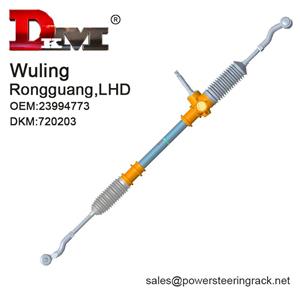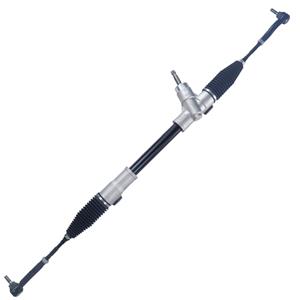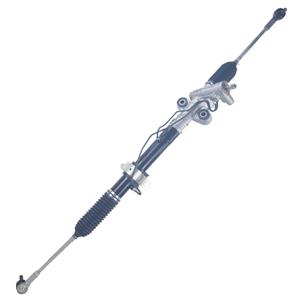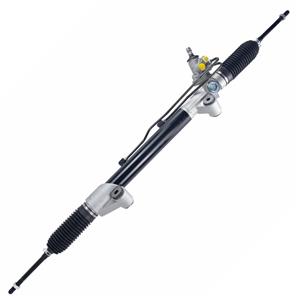Is the oil leakage of the hydraulic steering rack serious?
Since its advent, the hydraulic steering system has played a vital role in the automotive industry. Especially in the steering rack system, the introduction of hydraulic technology not only improves the accuracy of vehicle control, but also greatly reduces the driver's operating burden when steering. However, as the vehicle is used for a longer time, various faults may occur in the hydraulic steering system, the most common of which is oil leakage. Is the oil leakage of the hydraulic steering rack serious?
This is not only related to the normal use of the vehicle, but also directly affects driving safety. This article will explore the causes, effects and solutions of oil leakage in the hydraulic steering rack to help car owners better understand this phenomenon and take effective countermeasures when problems arise.
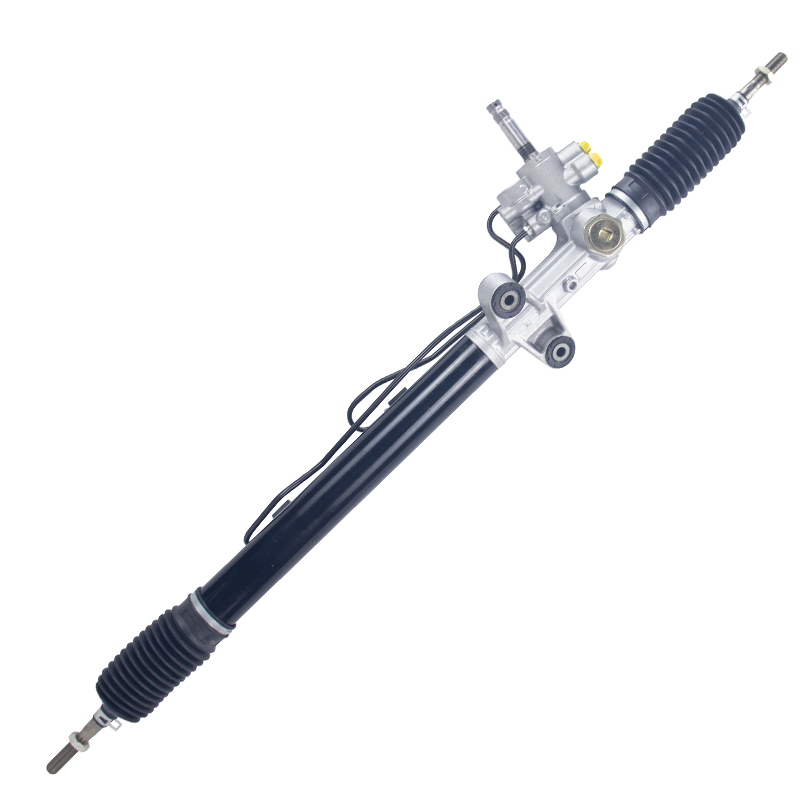
What is the working principle of the hydraulic steering rack?
Overview of the hydraulic steering system
The hydraulic steering system mainly transfers liquid to both sides of the steering rack through a hydraulic pump to assist the driver in steering operations. In this process, the pressure of the hydraulic oil plays a vital role. When the driver turns the steering wheel, the hydraulic oil pressure provided by the steering pump pushes the steering rack to move, so that the wheels turn in the corresponding direction. The main components of the hydraulic steering system include hydraulic pump, steering rack, hydraulic oil tank, hydraulic pipeline and pressure control valve.
Structure of hydraulic steering rack
The steering rack is one of the key components in the hydraulic steering system. Its structure mainly consists of rack shaft, seals, oil seals and internal ducts. The rack shaft has a toothed structure and is connected to the input shaft of the steering wheel. The steering function is achieved through the interaction of gears and racks. With the assistance of the hydraulic system, the rack shaft can be rotated more easily, thereby reducing the operating burden of the driver.
Seals and oil seals play a vital sealing role in the hydraulic steering rack. They not only prevent the leakage of hydraulic oil, but also protect the internal components from external contaminants. However, over time, seals and oil seals may lose their sealing effect due to wear or aging, resulting in hydraulic oil leakage.
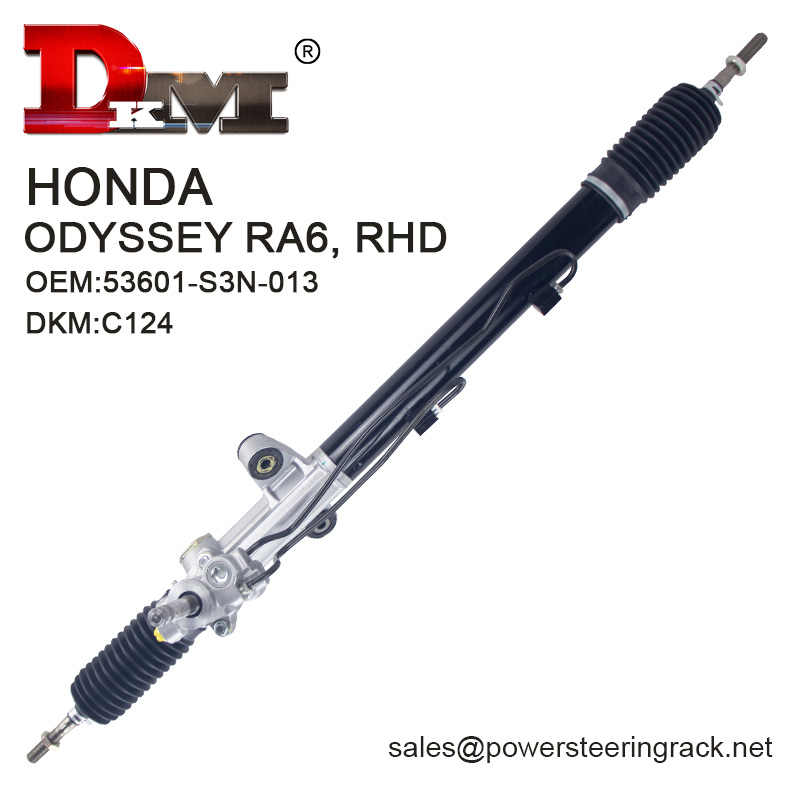
What is the reason for hydraulic steering rack oil leakage?
Aging or damage of seals
Seals and oil seals are vulnerable parts in hydraulic steering racks. As the vehicle is used for a longer time, seals and oil seals may age, harden or crack due to long-term high-pressure liquid action. Especially after years of use, these parts may develop fine cracks, which may lead to hydraulic oil leakage.
Hydraulic oil quality problems
Hydraulic oil plays a role in lubrication and pressure transmission in the hydraulic steering system. If inferior or inappropriate hydraulic oil is used, it may not only accelerate the aging of the seals, but also cause corrosion or blockage inside the hydraulic system. These problems will increase the risk of hydraulic oil leakage.
Improper operation or external damage
During the use of the vehicle, if it encounters severe external impact or collision, it may cause the steering rack to deform or the seal to be damaged. In addition, incorrect operation methods, such as frequently turning the steering wheel to the limit, using the steering system for a long time with high load, etc., may also accelerate the wear of the hydraulic steering rack and increase the possibility of oil leakage.
Vehicle design defects
In some cases, the oil leakage problem of the hydraulic steering rack may be caused by the design defects of the vehicle itself. For example, the hydraulic steering system design of some models is not reasonable, resulting in excessive hydraulic oil pressure or excessive stress on the seals, thereby increasing the risk of oil leakage.
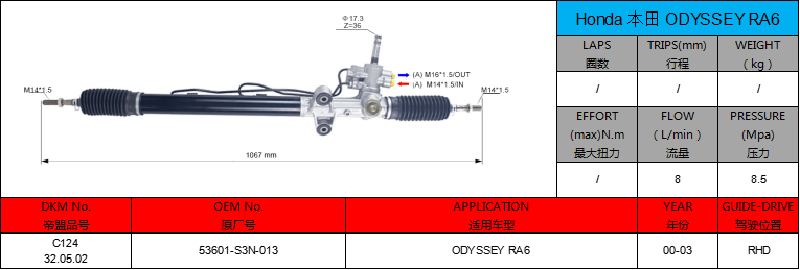
What are the effects of hydraulic steering rack oil leakage?
Reduced controllability
The oil leakage problem of the hydraulic steering system will directly affect the controllability of the vehicle. Leakage of hydraulic oil can lead to insufficient pressure in the hydraulic system, which can weaken or even fail the steering assist. The driver may feel that the steering wheel becomes heavier and the steering operation becomes difficult, especially when turning or parking at low speed.
Driving safety hazards
The failure of the hydraulic steering system will not only make driving operations difficult, but also seriously affect driving safety. When the hydraulic oil leaks to a certain extent, the steering assist may fail completely, making it difficult for the driver to easily control the direction of the vehicle, especially when driving at high speeds, which may cause dangerous traffic accidents.
Increased maintenance costs
If the oil leakage problem of the hydraulic steering rack is not handled in time, it may cause more mechanical failures, such as damage to the hydraulic pump or severe wear of the steering rack. At this time, the maintenance cost of the vehicle will increase significantly. If the oil leakage problem continues to be unresolved, it may also cause damage to other components in the hydraulic system, which will trigger a series of chain reactions.
How to determine whether the hydraulic steering rack is leaking?
Check the hydraulic oil level
Regularly checking the hydraulic oil level is a simple way to determine whether the hydraulic steering rack is leaking. If the hydraulic oil level is found to continue to drop and cannot remain stable after refilling, it is likely that there is a leak in the hydraulic steering system.
Pay attention to the steering response of the vehicle
The oil leakage problem of the hydraulic steering system usually causes slow steering response or insufficient steering assistance. If you feel that the steering wheel becomes heavier and the steering operation becomes sluggish during driving, this may be a sign of oil leakage in the hydraulic steering rack.
Check for oil leakage signs
Check whether there are signs of oil leakage from the bottom of the vehicle and in the engine compartment. If oil stains or slippery oil stains are found, especially near the steering rack, it is likely that there is a leakage problem in the hydraulic steering system.

What is the solution for oil leakage in the hydraulic steering rack?
Replace seals and oil seals
If the oil leakage problem is caused by the aging of seals or oil seals, the most direct solution is to replace these vulnerable parts. The replacement of seals and oil seals requires professional technicians to operate to ensure that the installation of new seals meets the specifications and avoid oil leakage again.
Check and replace hydraulic oil
Using high-quality hydraulic oil and replacing it regularly can effectively extend the service life of the hydraulic steering system. If impurities are mixed into the hydraulic oil or the oil quality deteriorates, it may accelerate the wear of the seals. Therefore, it is very important to check the status of the hydraulic oil regularly and replace it on time.
Repair or replace the steering rack
When the hydraulic steering rack itself is deformed or worn, simply replacing the seal may not completely solve the oil leakage problem. In this case, it is best to send the vehicle to a professional repair shop for a detailed inspection and decide whether to replace the entire steering rack according to the situation.
Avoid external damage
In daily driving, try to avoid violent collisions with the vehicle, especially when parking or driving at low speed, to prevent the steering system from being subjected to external impact. In addition, avoid frequent dead-steering when driving to reduce the load on the steering system and extend its service life.

